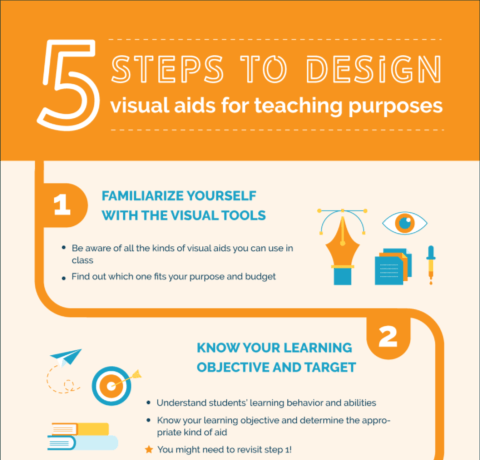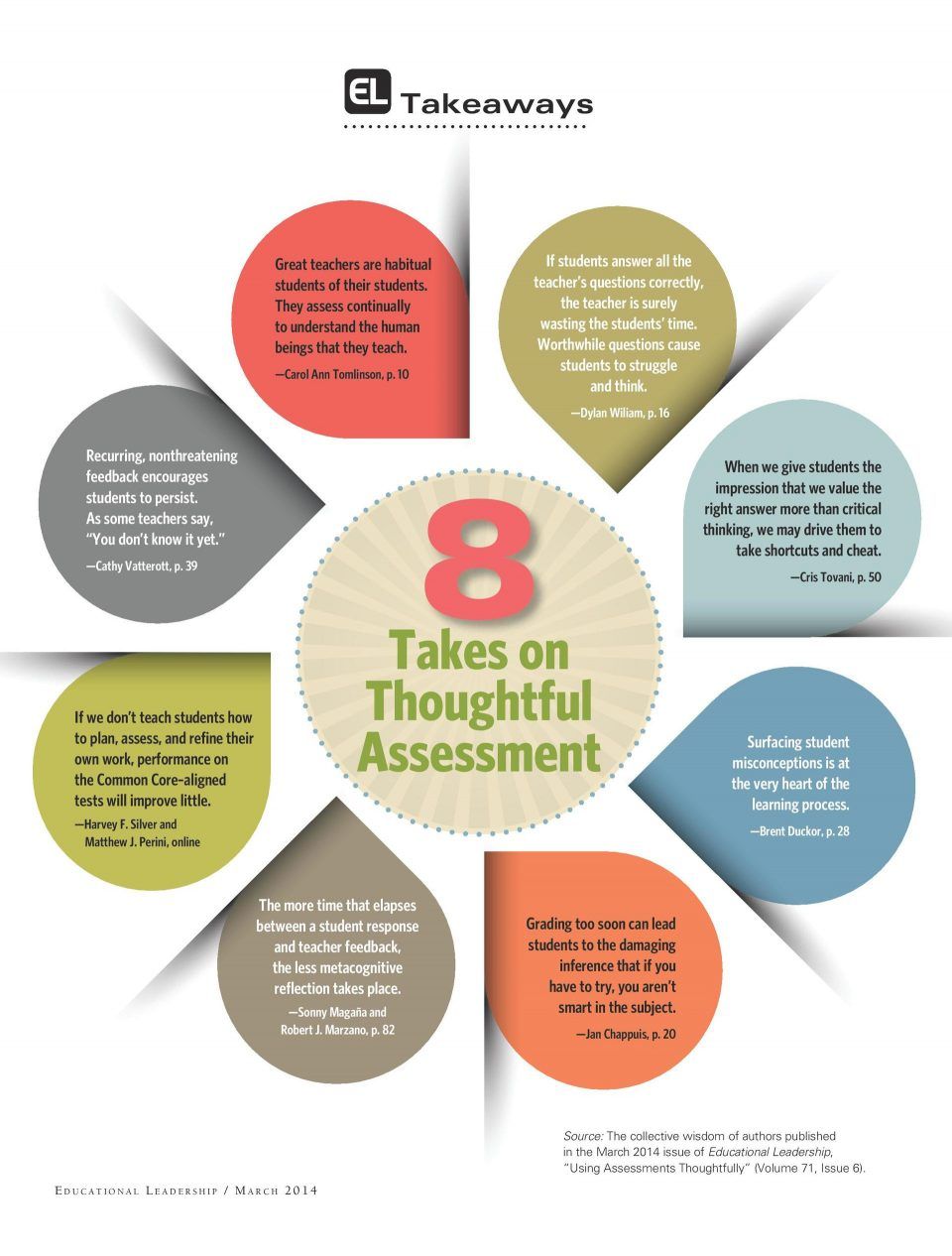8 Takeaways on Thoughtful Assessment Infographic
Many of us didn't begin our education careers with expertise in classroom assessment. Our pre-service preparation focused primarily on the act of instructing, defined as planning and delivering lessons. Assessments typically came from the textbook materials, they were administered after instruction was complete, and their results took the form of a grade. Although we've developed a more robust understanding of classroom assessment options, we can still be caught off guard by misapplications of well-intended practices. The emphasis on rigor, data-based decision making, and paced instruction may lead teachers to make serious errors in assessing student learning. The 8 Takeaways on Thoughtful Assessment Infographic shows how to address these issues thoughtfully.
- Great teachers are habitual students of their students. They assess continually to understand the human beings that they teach. (Carol Ann Tomlinson, p. 10)
- If students answer all the teacher’s questions correctly, the teacher is surely wasting the students’ time. Worthwhile questions cause students to struggle and think. (Dylan Wiliam, p. 16)
- When we give students the impression that we value the right answer more than critical thinking, we may drive them to take shortcuts and cheat. (Cris Tovani, p. 50)
- Surfacing student misconceptions is at the very heart of the learning process. (Brent Duckor, p. 28)
- Grading too soon can lead students to the damaging inference that if you have to try, you aren’t smart in the subject. (Jan Chappuis, p. 20)
- The more time that elapses between a student response and teacher feedback, the less metacognitive reflection takes place. (Sonny Magaña and Robert J. Marzano, p. 82)
- If we don’t teach students how to plan, assess, and refine their own work, performance on the Common Core–aligned tests will improve little. (Harvey F. Silver and Matthew J. Perini, online)
- Recurring, nonthreatening feedback encourages students to persist. As some teachers say, “You don’t know it yet.” (Cathy Vatterott, p. 39)







You can adjust your cookie preferences here.